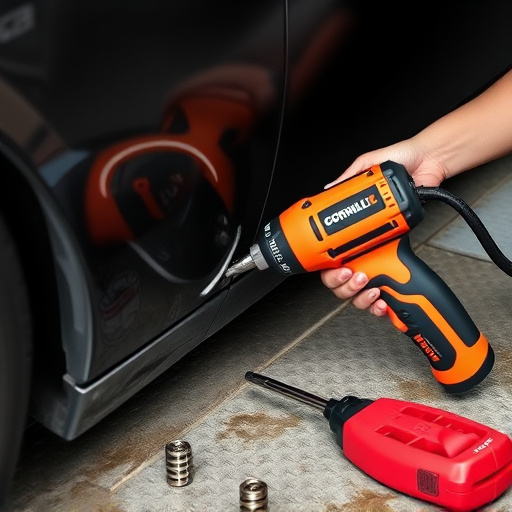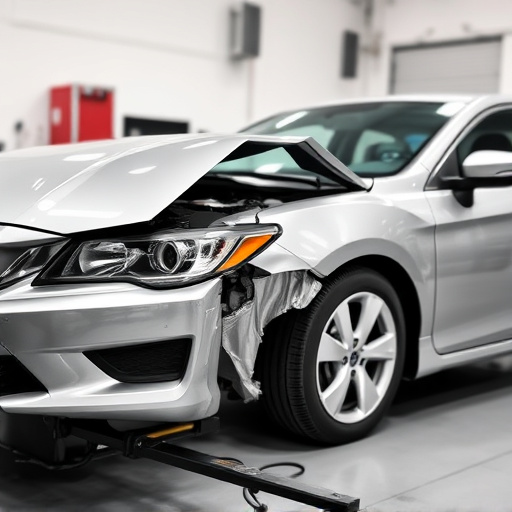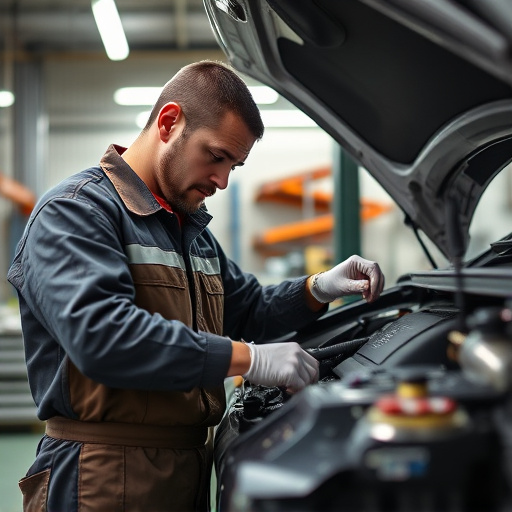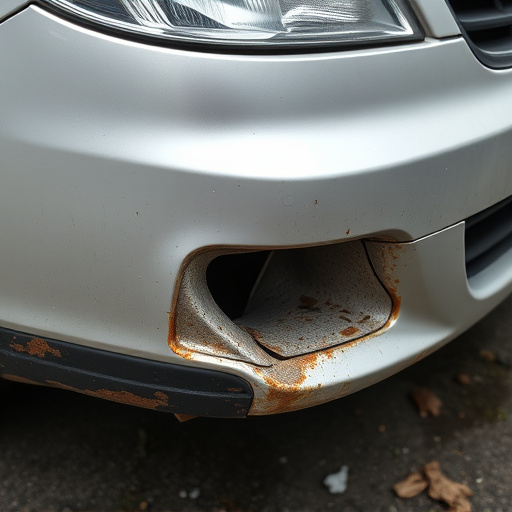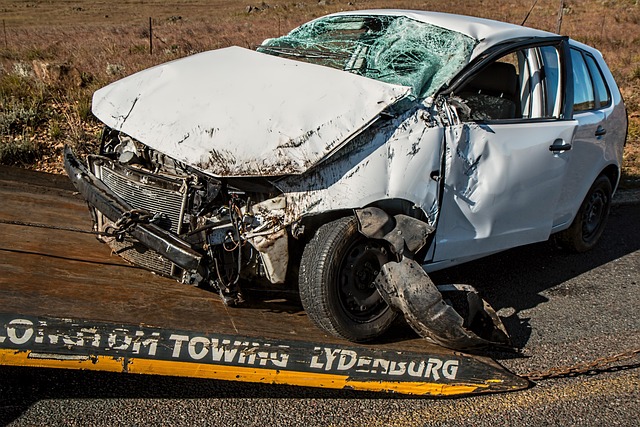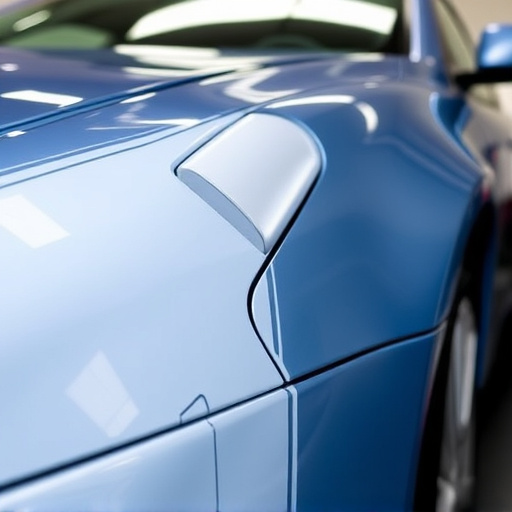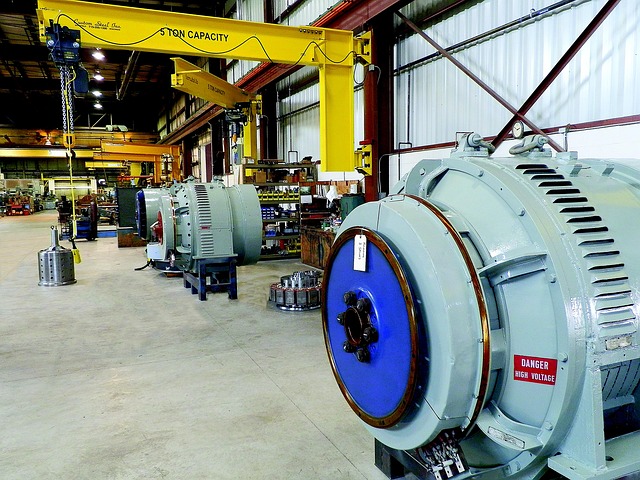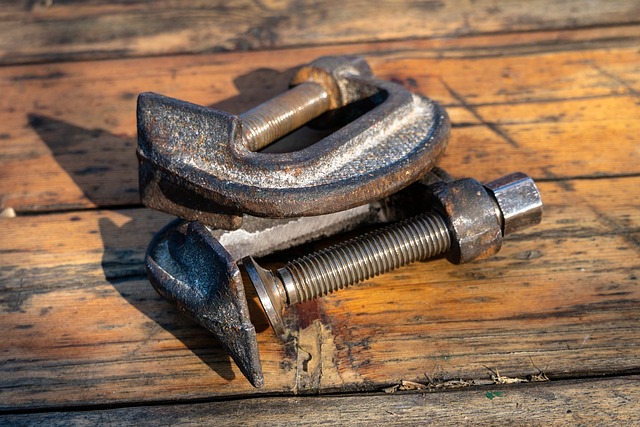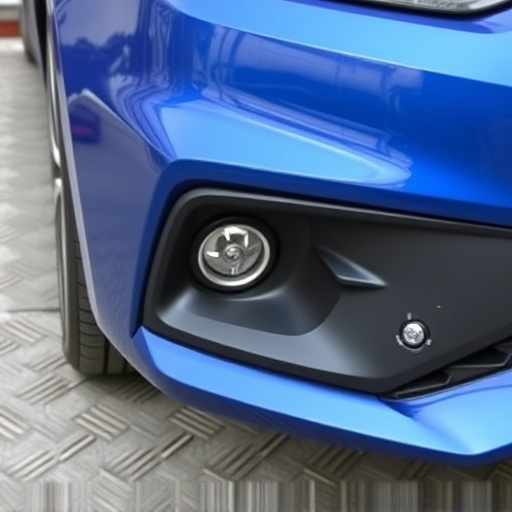Mercedes frame alignment is a precise process using advanced computerized systems to create detailed diagrams of car chassis, guiding collision repair technicians for accurate realignments after accidents or impacts, ensuring structural integrity and quality repairs for both cosmetic and structural stabilization needs. This technology, including Computerized Structural Diagrams (CSDs), streamlines body shop workflows, reduces errors, and optimizes repair quality while maintaining Mercedes vehicles' aesthetic appeal and safety standards post-repair.
Mercedes frame alignment is a critical aspect of vehicle maintenance, ensuring optimal handling and safety. This article delves into the intricacies of this process, focusing on the use of computerized structural diagrams for validation. By understanding the basics of Mercedes frame alignment and leveraging advanced technology, mechanics can achieve precision adjustments, enhancing both performance and passenger security. We explore the benefits and meticulous processes behind this game-changer in vehicle repair.
- Understanding Mercedes Frame Alignment Basics
- Benefits of Computerized Structural Diagrams
- Validation Process: Ensuring Precision & Safety
Understanding Mercedes Frame Alignment Basics
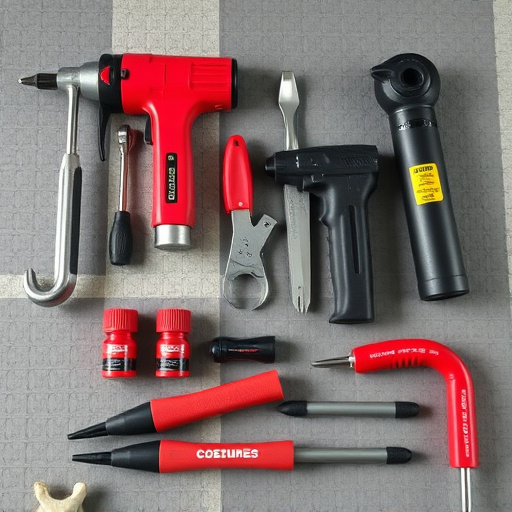
Mercedes frame alignment refers to the precise adjustment and realigning of a vehicle’s structural components, especially after an accident or impact. It is a critical process in automotive body repair, ensuring that the car’s chassis remains intact and safe for operation. The Mercedes brand, known for its engineering excellence, employs sophisticated computerized systems to map and measure the frame, providing accurate diagrams for alignment adjustments.
Understanding Mercedes frame alignment involves recognizing the intricate network of components that make up a vehicle’s structure. When a vehicle experiences a dent repair or automotive body shop collision, these diagrams serve as blueprints for technicians performing vehicle collision repair. By referencing these computerized structural diagrams, experts can accurately assess and adjust the chassis, ensuring it returns to its original specifications and safety standards, be it for cosmetic restoration or structural integrity after an accident.
Benefits of Computerized Structural Diagrams
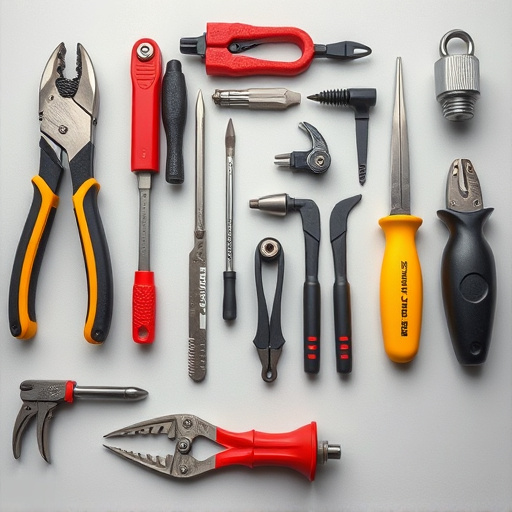
Computerized Structural Diagrams (CSDs) have revolutionized Mercedes frame alignment processes within automotive body shops. This advanced technology offers numerous benefits for both professionals and vehicle owners, ensuring precise and efficient repairs. With CSDs, mechanics can access detailed digital diagrams of various Mercedes models, providing an accurate representation of the car’s structural components. This allows for a deeper understanding of the intricate framework, facilitating complex frame alignment tasks with enhanced accuracy.
By utilizing these diagrams, automotive collision repair specialists can streamline their workflow, reduce manual errors, and optimize overall repair quality. CSDs facilitate precise measurements and calculations, enabling faster and more effective adjustments to the vehicle’s frame during the car restoration process. This technology is a game-changer for keeping Mercedes vehicles in top condition, ensuring they maintain their structural integrity and aesthetic appeal after any automotive collision repair or car restoration work.
Validation Process: Ensuring Precision & Safety
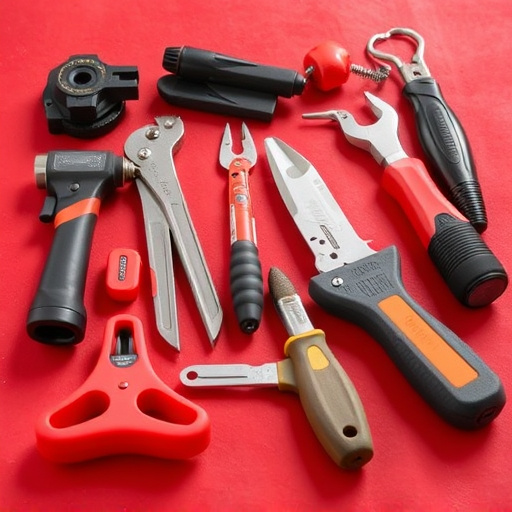
The validation process for Mercedes frame alignment is a meticulous procedure that combines cutting-edge technology with skilled craftsmanship. It begins by feeding detailed computerized structural diagrams into specialized software, which compares them against real-time data gathered from sensors during the alignment process. This dual-input system ensures not just accuracy but also safety, as it can detect even the slightest deviations from the ideal specifications.
This rigorous validation is critical in the auto body shop, especially for a brand like Mercedes known for its precision engineering. It goes beyond merely fixing dents or misalignments; it involves restoring the car’s structural integrity and ensuring that all components function optimally. This process is equally relevant when considering car repair services, including auto glass replacement, as aligning the frame correctly affects the overall stability and safety of the vehicle.
Mercedes frame alignment, a critical aspect of vehicle maintenance, benefits greatly from computerized structural diagrams. By employing these advanced tools, technicians can achieve unparalleled precision and safety during the validation process. This ensures that each Mercedes vehicle returns to its original specification, enhancing performance and passenger comfort. Computerized diagrams not only streamline the alignment process but also play a pivotal role in maintaining the iconic quality and reliability associated with Mercedes brands.
